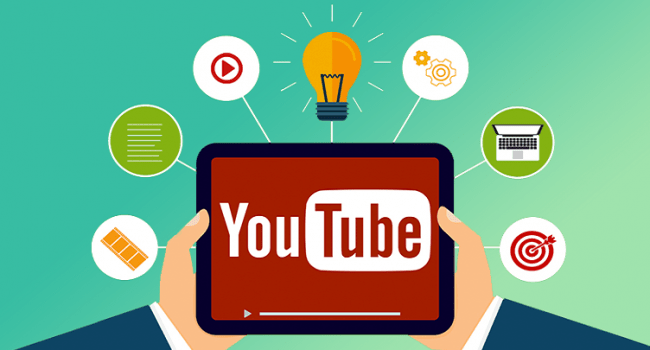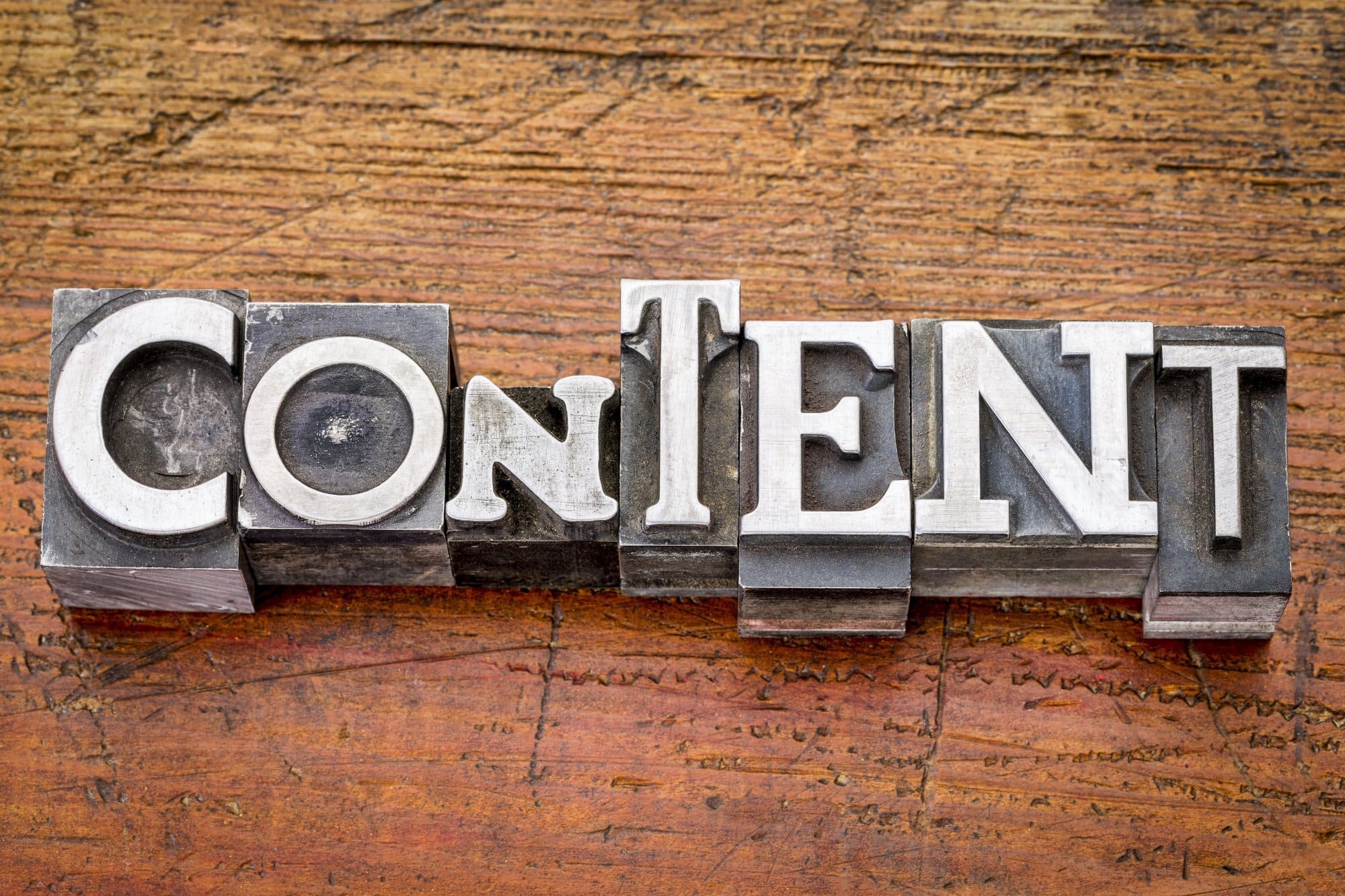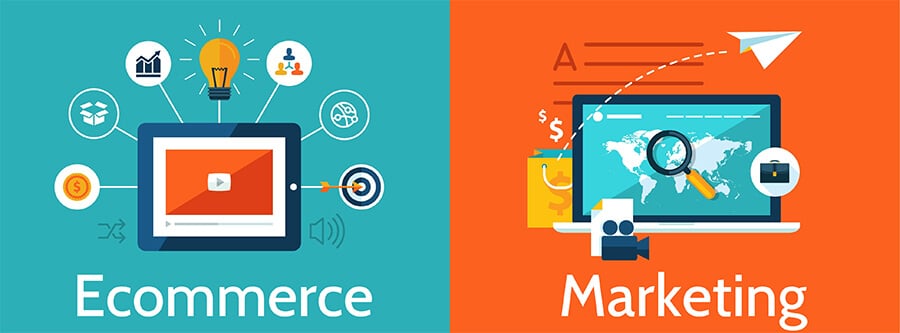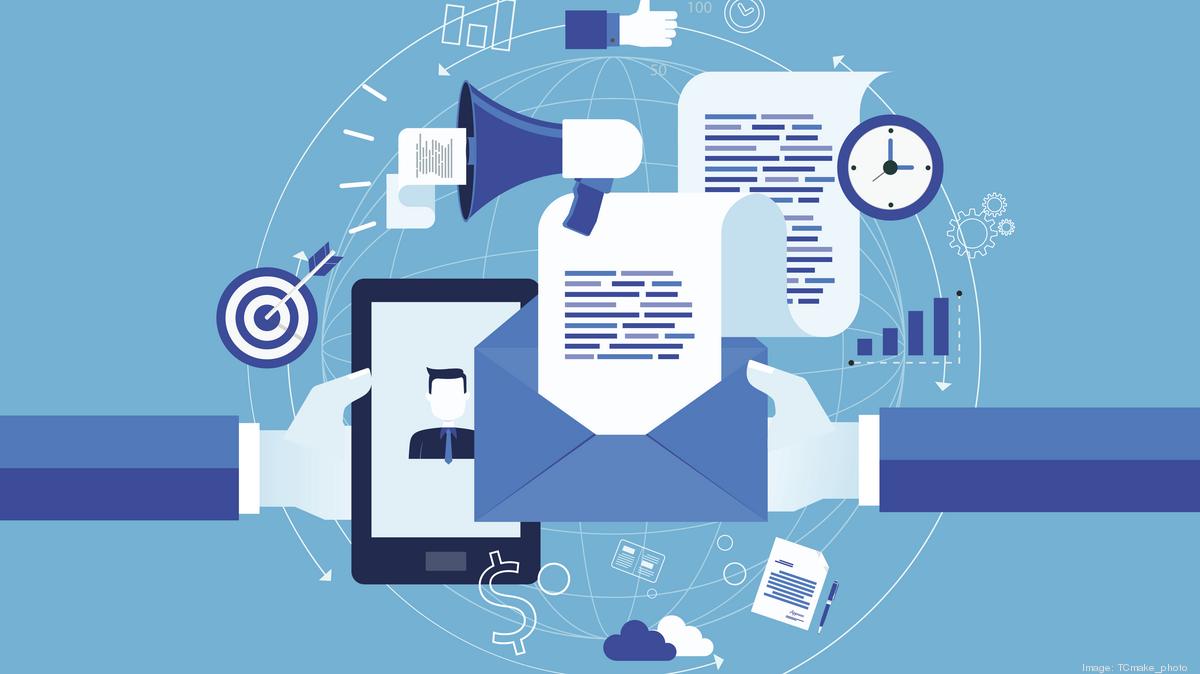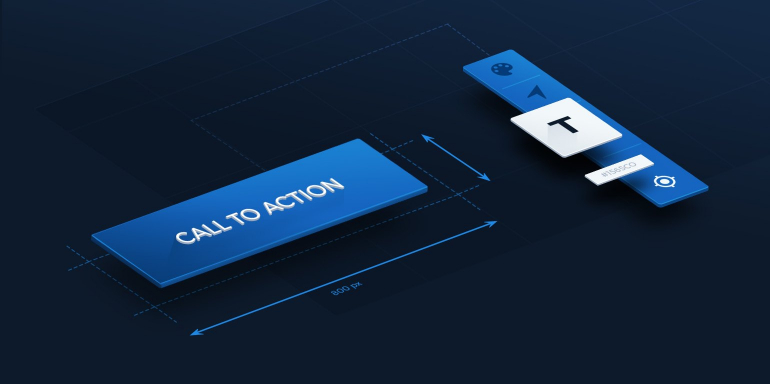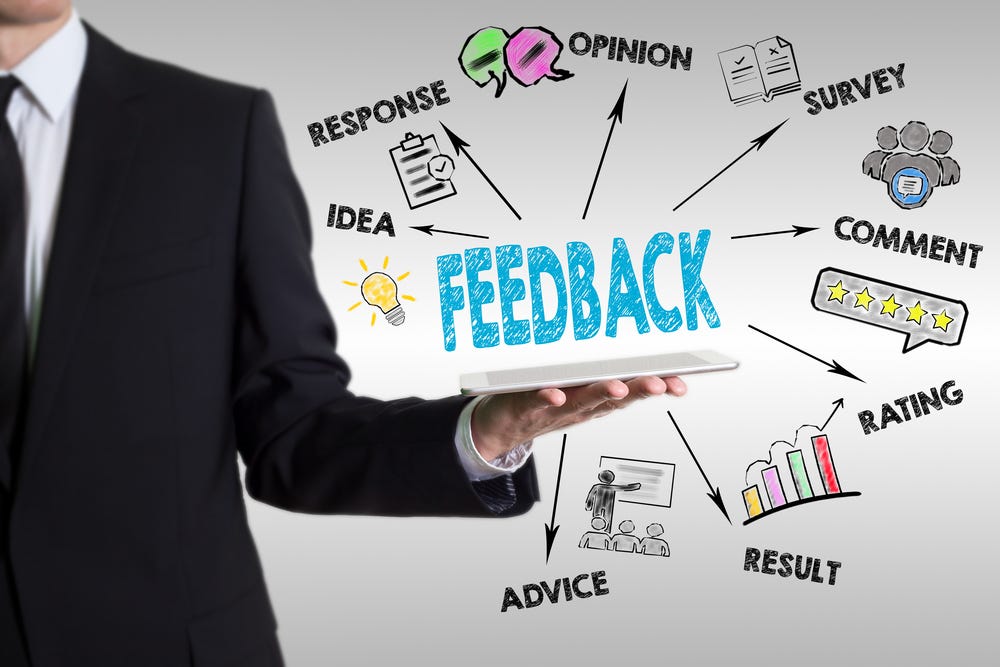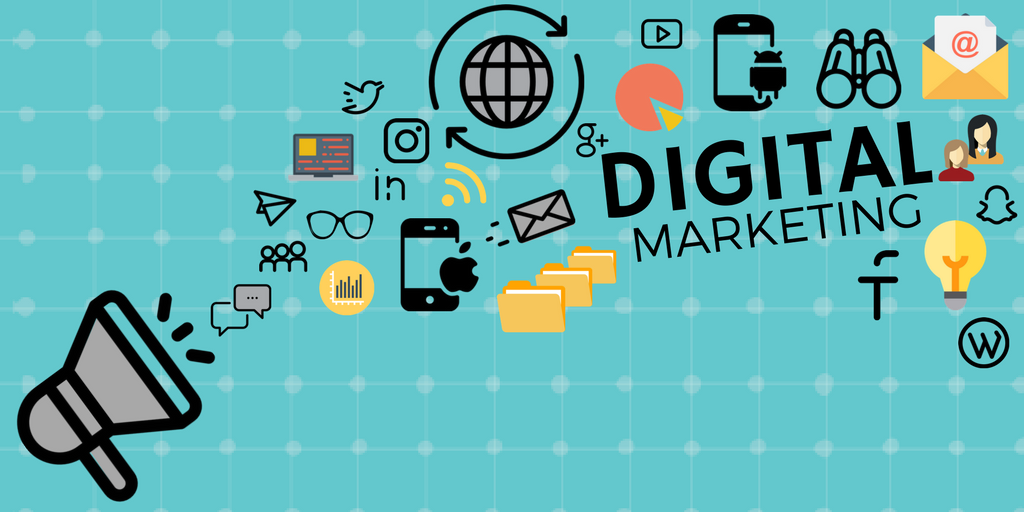The world we live in now has more information than we can process. Everyone has a story to tell, but what and how you tell it is crucial to your journey. The line between an Instagram Reel and reality is blurring. We can’t tell who is the same offline as online.
Long-term success requires being authentic. Authentic branding is all about honesty. Authentic branding means being who you truly are, not just “appearing” to be.
- Pick a niche
- Create a social media presence
- Create a marketing plan
- Foster genuine network connections
- Play the Long game
-
Pick a niche
People are afraid of their passions. Many people do what they love as a hobby and are afraid or inadequate to go all in. But struggles teach us skills, and once we learn them, we use them to teach, inspire, or solve problems for others. It’s called a Niche. Your own unique area of expertise. Take the time to learn the skills, apply them, and see results in your life before entering the market. Don’t be just another salesman, but someone who makes a difference and inspires others. No one who hasn’t tried to live their dreams should ever talk you out of them. Are you good with people? Good, you can mentor others. You’re an artist? Attract your ideal customers. Whatever your niche, believe in yourself, and have the right heart and intentions.
-
Create a social media presence
Initially, how you present yourself will influence how others perceive you. Consider social media as a digital brochure, and avoid posting personal information. You will build a community of people who appreciate and share your vision, goal, and values over time. Sharing your struggles will determine what your audience expects from you and what they can get from you. Loyalty rewards authenticity. Authenticity shows that you truly believe in what you offer when promoting your brand.
-
Create a marketing plan
Branding and marketing go hand in hand. When branding is strong, marketing simply raises awareness. Consider your favorite brands, logos, and firms: What unites them? Most likely, they evoke an emotion in you, making you want to buy their product. There’s emotional branding and color psychology. Depending on your niche and industry, you may need to use specific emotions and colors in your marketing and advertising.
-
Foster genuine network connections
Before making any connections, ask yourself: Am I truly aligned with this person, or do I just need something from them? I believe in energy. I also believe that taking from others without wanting to give back will eventually be felt. What matters is that you have a genuine friendship with whomever you meet. Remember to stay humble and make genuine heart and soul connections along the way.
People who care about you will attract others who care about you. Even if others succeed by taking shortcuts, never compromise your values and morals for success. Impact and longevity define true success.
-
Play the Long game
Sports have many players. Some of the greatest sports legends have lost. When they lost a game, they probably practiced and trained more, and worked harder at their craft. You may lose clients or have to turn down opportunities that don’t align with your why and purpose. If you keep playing the long game, knowing your purpose, you will overcome defeat and keep going.


